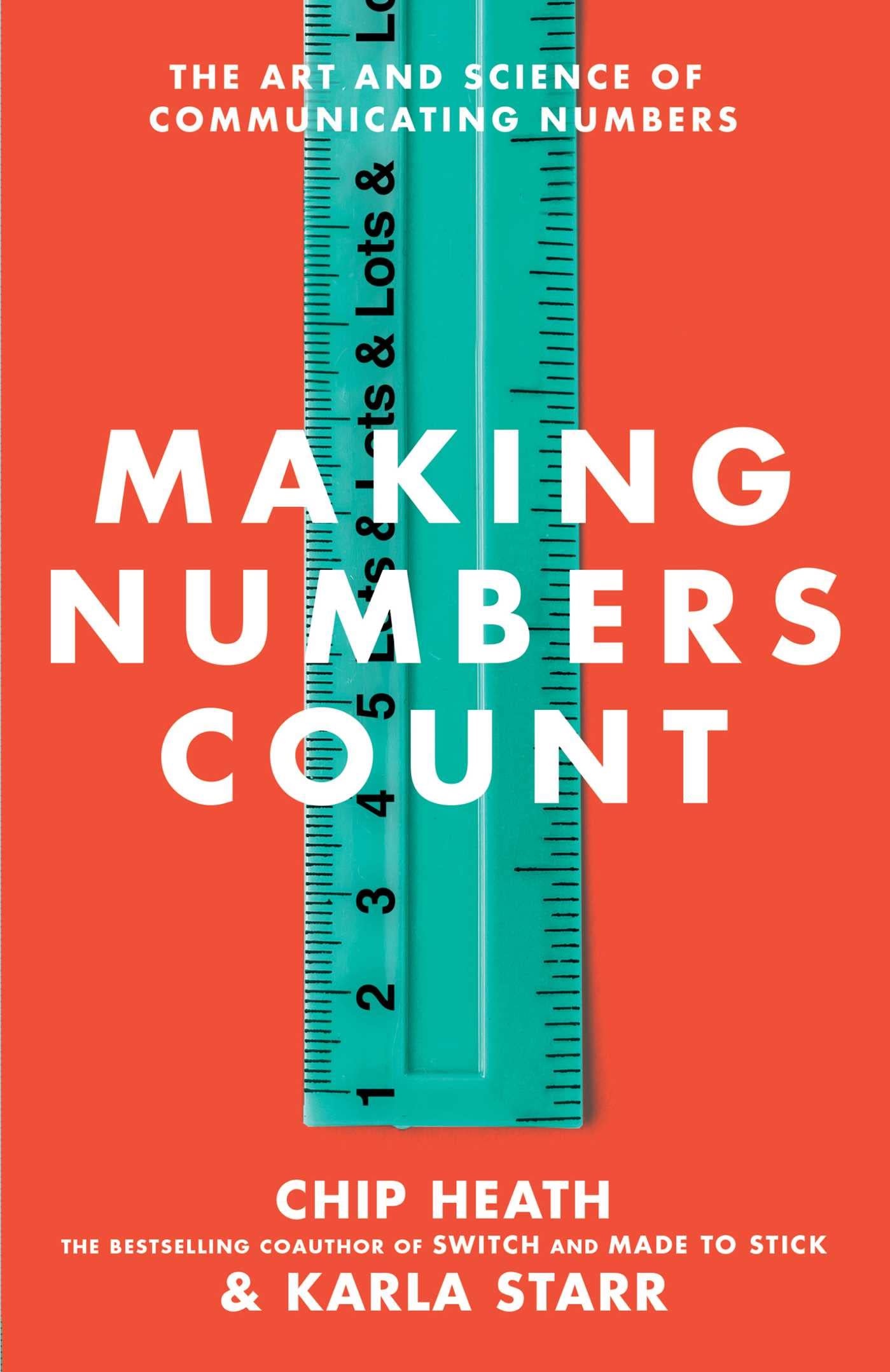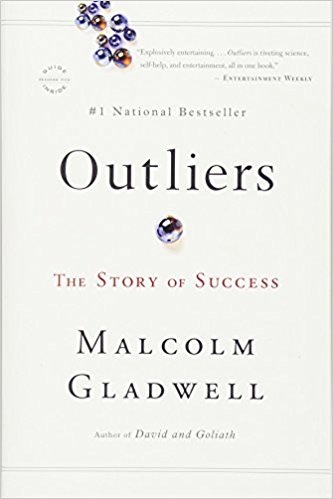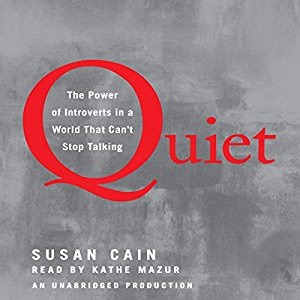Archive for the ‘Business Books’ Category
Saturday, November 16th, 2013
Little Bets: How Breakthrough Ideas Emerge From Small Discoveries by Peter Sims explains the qualities that set innovative people apart from the pack. He summarizes a great deal of research that makes his points convincing. While this is an ideal book for high school and college students, it’s never too late for adults to take advantage of these valuable lessons. Click at the bottom of any page to purchase copies for yourself and people you work and live with.
Peter Sims
- Peter is the founder of BLK SHP Enterprises, which works with Fortune 250 organizations. He is a former teacher at Stanford Business School where he established a popular program in collaboration with the School of Design. He is also a former venture capital investor with Summit Partners in the US and UK. With Bill George his is the author of True North: Discover Your Authentic Leadership. He worked with General Electric, Innosight, and his own Fuse Corps to grow entrepreneurial leaders and promote their service to grassroots projects.
Introduction
- Anyone can spend a portion of their time and energies using little bets to discover, test, and improve new ideas. This is at the heart of this book. From comedians to big companies, success is preceded by many survivable small failures. While some prodigies can create something that works, the rest of us can use little bets to unlock creative ideas. Most successful entrepreneurs don’t begin with brilliant ideas, they discover them along the way. As examples Peter points to companies like Google and Amazon. In both cases, their exploratory mentality spawned continual breakthroughs. These people are less likely to try to avoid errors or surprises and more likely to be poised to learn from them. As far as Peter can see, the essential concepts spelled out in this book generalize to just about any field.
Posted in Book Summaries, Business Books, Education Books, Leadership Books | Comments Off on Little Bets: How Breakthrough Ideas Emerge From Small Discoveries by Peter Sims
Monday, January 24th, 2011
Living Large: From SUV’s to Double D’s, Why Going Bigger Isn’t Going Better by Sarah Wexler, is a well researched, well written, and humorous tale of America’s fascination with all things large. Sarah immerses herself in her subjects and by so doing, gives us an understanding of ourselves that should open our eyes. Topics include: houses, weddings, breast implants, hotels, landfills, churches, shopping, and debt. This book is ideal for leaders, educators, parents, and students from middle school on up.
Click here for my summary of Living Large.
Tags: implants, Living Large, McMansion, Megachurch, Sarah Wexler, weddings
Posted in Book Summaries, Business Books | Comments Off on Living Large – Is Bigger Really Better? by Sarah Wexler
Tuesday, March 15th, 2022

Making Numbers Count: The Art and Science of Communicating Numbers by Chip Heath & Karla Starr gives specific advice on how to frame numbers in a manner that your audience and make sense of and remember them long after hearing a presentation or reading an article. If you find that you have to use numbers to persuade people, read this book and share it with your kids and coworkers.
Introduction
- We live in a world where our success depends on our ability to make numbers count. The goal of this book is to teach you how to translate numbers that lack meaning to most people into comparisons that do. For most humans, when you get past five or so all other numbers are just variations of lots. You can start by flipping through the book looking for boxes that contain a standard representation of a number and a translated version that is more understandable. There are over thirty translation techniques to choose from. If you, like most people, are not a numbers person, this book is for you.
Translate Everything, Favor User-Friendly Numbers
- If you don’t translate numbers for most people you might as well be speaking in a foreign language. Math is no one’s native language. The best translations of numbers are not numbers at all, but things you can visualize and stories you can remember. A gallon of water next to three ice cubes with water running off of them represents in order, the saltwater in the Earth’s oceans, the freshwater trapped in glaciers, and the freshwater we can drink. That image replaces four numbers.
- Try to avoid the big numbers like the points scored in a career and go with the per-game number of points. Rather than report the number of guns in the US, report the number per person. One game or one person demonstrates the power of one.
- If you want people to remember a number make sure you round when you can. It’s easier to remember 6 than 5.684. Also, use whole numbers rather than fractions, decimals, or percentages. Try 2 out of 3 rather than 2/3. Depending on your audience, you can break these rules. Baseball fans are fine with batting averages expressed to three decimal points for example.
To Help People Grasp Your Numbers, Ground Them in the Familiar, Concrete, and Human Scale
- A look at history shows us that all cultures use familiar things like the human body for measuring units. Your arms spread is a fathom. From your fingertips to your elbow is a cubit. One thousand steps is a mile. Use things in your environment that your audience knows well. A grape-sized tumor works better than a 3 cm tumor. While you might have to use multipliers sometimes, Pakistan = two Californias for example, smaller multiplies are better and the best multiplier is one.
- Pay attention to your geographic location and culture when selecting areas and items. Above all translate from abstract concepts to concrete objects. This will make your figures feel real. Infographics may be nice, but the brain is a pretty good graphic processor if given the right raw material. There are many examples here. A favorite is a model for our solar system and the nearest star, which are compared to two quarters lying on opposite goal lines.
- Another trick is to convert one type of unit into another. Time, for example, can be converted into money using a worker’s annual salary. Calories can be converted into distances you walk to burn them off. This doesn’t always work as a trillion one-dollar bills makes a 67-mile stack, a distance that few can quickly relate to.
- Always strive to translate numbers to a human scale. An example of shrinking turns the Earth into a basketball on the baseline and the moon into a baseball on the three-point line. The two-degree reentry window for a spaceship is now the thickness of a piece of paper. An example of magnification can be used to compare the speed of sound and the speed of light. If light from a new year’s fireworks display takes one second to reach you, the sound won’t arrive until January 10th.
Posted in Book Summaries, Business Books, Education Books, Leadership Books | Comments Off on Making Numbers Count: The Art and Science of Communicating Numbers by Chip Heath & Karla Starr
Thursday, July 7th, 2011
Managing the Millennials: Discover The Core Competencies for Managing Today’s Workforce by Chip Espinoza, Mick Ukleja, & Craig Rusch is a must read for leaders, teachers, and parents who have to deal with a generation raised at a very different time. It is based on abundant research and a two-year study conducted by the authors.
Espinoza, Ukleja, and Rusch
- Chip Espinoza: CEO of GeNext Consulting – Leadership teacher at California State University, Long Beach
- Mick Ukleja, PhD: President of LeadershipTraQ and founder of Ukleja Center for Ethical Leadership at California State University, Long Beach
- Craig Rusch, PhD (in social networks): Professor of Anthropology at Vanguard University in Costa Mesa, California.
The Generations
- Before the boomers there were the builders. They were the generation who experienced the great depression and the second world war. They were the first generation to enter college in big numbers. Hard work, delayed gratification, and automatic respect for authority were common. They often spent their entire career at one company.
- Then came the baby boomers. They were born from 1946 to 1964 and number about 80 million. They grew up with the Vietnam War, the Cold War, the Civil Rights Movement and Women’s Liberation. They grew up with television and rock and roll and were the first with common access to recreational drugs. The moon landing gave them confidence that they could do what they set their minds to. Technology expanded, but they used it mostly to do more work, not less.
The Next Generations
- Generation X: Born between 1965 and 1977, this generation experienced a tripling of the divorce rate and both parents working. MTV, video games, and computers all made their mark. They used technology for a work-life balance and grew accustomed to moving around and autonomy. They could easily do their work on the beach.
- The Millennials (Generation Y): Born between 1978 and 1996, they make up more than 25% of the population and have been shaped by terrorism, cell phones, and social networking. Technology is an integral part of their lives and they crave instant feedback. They are use to parents who praise them and tend to abstain from sex and drugs more than Gen X. They work well in teams and like diversity.
Tags: Chip Espinoza, Craig Rush, Managing the Millennials, Mick Ukleja
Posted in Book Summaries, Business Books, Education Books, Leadership Books | Comments Off on Managing the Millennials – Revised in my new format
Tuesday, November 8th, 2011
Now You See It: How the Brain Science of Attention WIll Transform the Way We Live, Work, and Learn by Cathy N. Davidson (© 2011, Viking Penguin: New York, NY) shows how the phenomenon of attention blindness shapes our lives, and how it has led to one of the greatest problems of our historical moment. Many of us toil in schools and workplaces that were designed for the last century. Cathy believes we will find the answers we need in places where disruption and distraction are producing exciting results. She paints a picture of the future of work and education as she introduces us to visionaries whose ideas will effect us all. Drawing from the fields of brain science, psychology, education, management science, technology, and more, she presents a picture of an interactive world where each of us can make a valued contribution.
Tags: Cathy N Davidson, Now You See It
Posted in Book Summaries, Business Books, Education Books, Leadership Books | Comments Off on Now You See It by Cathy Davidson
Thursday, November 22nd, 2018
Outliers: The Story of Success (©2008, Little Brown: New York, NY) is Malcolm Gladwell’s third mega best seller after The Tipping Point and Blink, both of which are summarized here. Gladwell looks at many notable situations where people or populations stand out from the crowd. He finds that circumstances and effort are more important than talent. There are many lessons here for educators and parents.
The Secret of Roseto
- Roseto is a town in Pennsylvania populated by immigrants from a village in Italy. Although the residents do not have a healthy diet or lifestyle, they do have a very low incidence of heart disease. The entire town is an outlier in this respect. After a great deal of study, it was determined that it was the supportive town culture that helps keep the residents so healthy.
The Importance of Birthdays
- A study of birthdays for stars in hockey, baseball, and soccer shows that players born earlier in the year are more likely to stand out and qualify for better coaching and more playing time. At a young age there is a significant advantage to being born earlier in the year of eligibility. In preadolescence, a twelve-month gap in age represents an enormous difference in physical and mental maturity.
- The birth order effect also operates in schools where the older students in a grade level tend to do better and get placed in higher ability groups. Older children scored up to 12 percentile points higher on the Trends in International Mathematics and Science Study (TIMSS). Teachers seem to sometimes confuse maturity with ability. Schools could put all the students born in the first quarter of the year in the same class and do the same with children born in other parts of the year of eligibility. As it is, many educated parents hold their kids back to insure that they will be older than their classmates which gives them a better chance in education and school sports that are based on grade level rather than age.
Time Trumps Talent-What Really Made the Beatles Great
- Psychological studies have demonstrated that all great artists and people with great expertise got there only after putting in at least 10,000 hours of effort or practice. Even Mozart didn’t make great music until he hit this number at the age of 21. It takes the brain this long to assimilate all that it needs to know to achieve true mastery.
- A club owner from Hamburg went to London looking for bands to play in this club. By pure chance he met an agent from Liverpool who booked the Beatles in his club. Unlike English gigs which seldom lasted more than an hour, the club had the Beatles play for five hours or more a night. All told they performed 270 nights in just over a year and a half. By 1964 they had performed about 1200 times. They were no good on stage when they went to Hamburg and they were very good when they came back.
Tags: Bill Gates, Malcolm Gladwell, Outliers, The Beatles
Posted in Book Summaries, Business Books, Education Books, Leadership Books | Comments Off on Outliers: Gladwell’s 3rd Mega Hit – Revised Summary
Saturday, December 4th, 2010
Personality Poker: The Playing Card Tool for Driving High-Performane Teamwork and Innovation by Stephen M Shapiro builds on decades of research to offer a simple game that provides deep insights regarding yourself, your coworkers, and your organization. The four personality types are represented by 13 traits on the cards of each suit. You can play a solitaire version or an assortment of versions with others.
Click here for my summary of Personality Poker.
A free online version is available at the Personality Poker site.
Tags: Personality Poker, Personality Testing, Stephen Shapiro
Posted in Book Summaries, Business Books, Leadership Books | Comments Off on Personality Poker: Driving High-Performane Teamwork and Innovation by Stephen Shapiro
Thursday, April 19th, 2012
Power Listening: Mastering the Most Critical Business Skill of All by Bernard T. Ferrari (©2012, Portfolio/Penguin: New York, NY) provides specific lessons in how to improve what may be the single most undervalued and underdeveloped skill for leaders, educators, parents, and students. Bernie makes a compelling case that anyone can improve from a mediocre listener to a power listener. It just takes commitment and practice. This is the rare resource that goes beyond just telling you that listening is important to telling you how to do it well. Every organization should click the icon below to buy more copies of this vital book for everyone in a position of leadership.
Tags: Bernard T. Ferrari, Listening, Power Listening
Posted in Book Summaries, Business Books, Leadership Books | Comments Off on Power Listening: Mastering the Most Critical Business Skill of All – Vital Book
Monday, February 7th, 2011
Practically Radical: Not-So-Crazy Ways to Transform Your Company, Shake Up Your Industry, and Challenge Yourself, by William C. Taylor lives up to its title. Daniel Pink calls it “the most powerful and instructive change manual you’ll ever read.” Taylor, the cofounder of Fast Company Magazine tells engaging stories of the successful companies he studied and generalizes from their successes. Any leader or aspiring leader should read this book.
Click here for my summary of Practically Radical.
Tags: Change, Leadership, Practically Radical, William C. Taylor
Posted in Book Summaries, Business Books | Comments Off on Practically Radical – Not-So-Crazy ways to transform your organization
Thursday, April 19th, 2012
QUIET: The Power of Introverts In a World That Can’t Stop Talking by Susan Cain (© 2012, Crown Publishers: New York, NY) tells the story of how being introverted has its advantages and how the extrovert ideal is overrated. Learn how forced collaboration can stand in the way of innovation, and how the leadership potential of introverts is often overlooked. This book is passionately argued and draws on cutting-edge research in psychology and neuroscience. Leaders, educators, and parents need to pay attention to Cain’s findings. Also check Susan’s TED talk.Click the icon below to purchase this vital book from Amazon.
Susan Cain
- Before she became a writer for outlets like the New York Times, Susan practiced corporate law for seven years, representing clients like JP Morgan and General Electric, and then worked as a negotiations consultant, training all kinds of people, from hedge fund managers to TV producers to college students negotiating their first salaries. Her clients have included Merrill Lynch, Shearman & Sterling, One Hundred Women in Hedge Funds, and many more. She is an honors graduate of Princeton University and Harvard Law School.
- She prefers listening to talking, reading to socializing, cozy chats to group settings, and likes to think before she speaks (softly). She has never given a speech without being terrified first and explores this paradox in this book.
Rosa Parks Was an Introvert.
- If Rosa Parks wasn’t an introvert, she may not have made such a big stride for racial equality. Susan starts with this story that shows how the extrovert Martin Luther King was able to use Parks’ example. Studies tell us that 1/3 to 1/2 of Americans are on the introvert side of this spectrum. There is no such thing as a pure introvert or a pure extrovert. Unfortunately, we live in a value system she calls the Extrovert Ideal. This results in parents apologizing for shy children who feel there is something wrong with them. In addition to Parks, Cain lists many other famous introverts.
Basic Descriptions
- Extroverts tend to tackle assignments quickly. They make fast (sometimes rash) decisions and are comfortable multitasking and risk-taking. They enjoy the thrill of the chase for rewards like money and status.
- Introverts often work more slowly and deliberately. They like to focus on one task at a time and can have mighty powers of concentration. They are relatively immune to the lures of wealth and fame. They prefer environments that are not overstimulating and 70% are also sensitive. They may be shy, which is a painful condition, but introversion is not. Cain provides a 20 item true/false test so you can determine where you are on this scale. I answered 16 items on the introvert side, which helps explain why I love doing DrDougGreen.Com.
Posted in Book Summaries, Business Books, Education Books, Leadership Books | Comments Off on Quiet: The Power of Introverts In a World That Can’t Stop Talking









